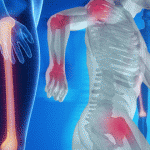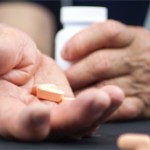Patients with non-radiographic axSpA experience reduced mobility and quality of life. In this study, researchers investigated the effect of treatment for nr-axSpA every four weeks with SQ golimumab (GLM). Seventy-one percent of patients in the GLM group achieved ASAS 20 response at Week 16, compared with 40.0% in the control group…

